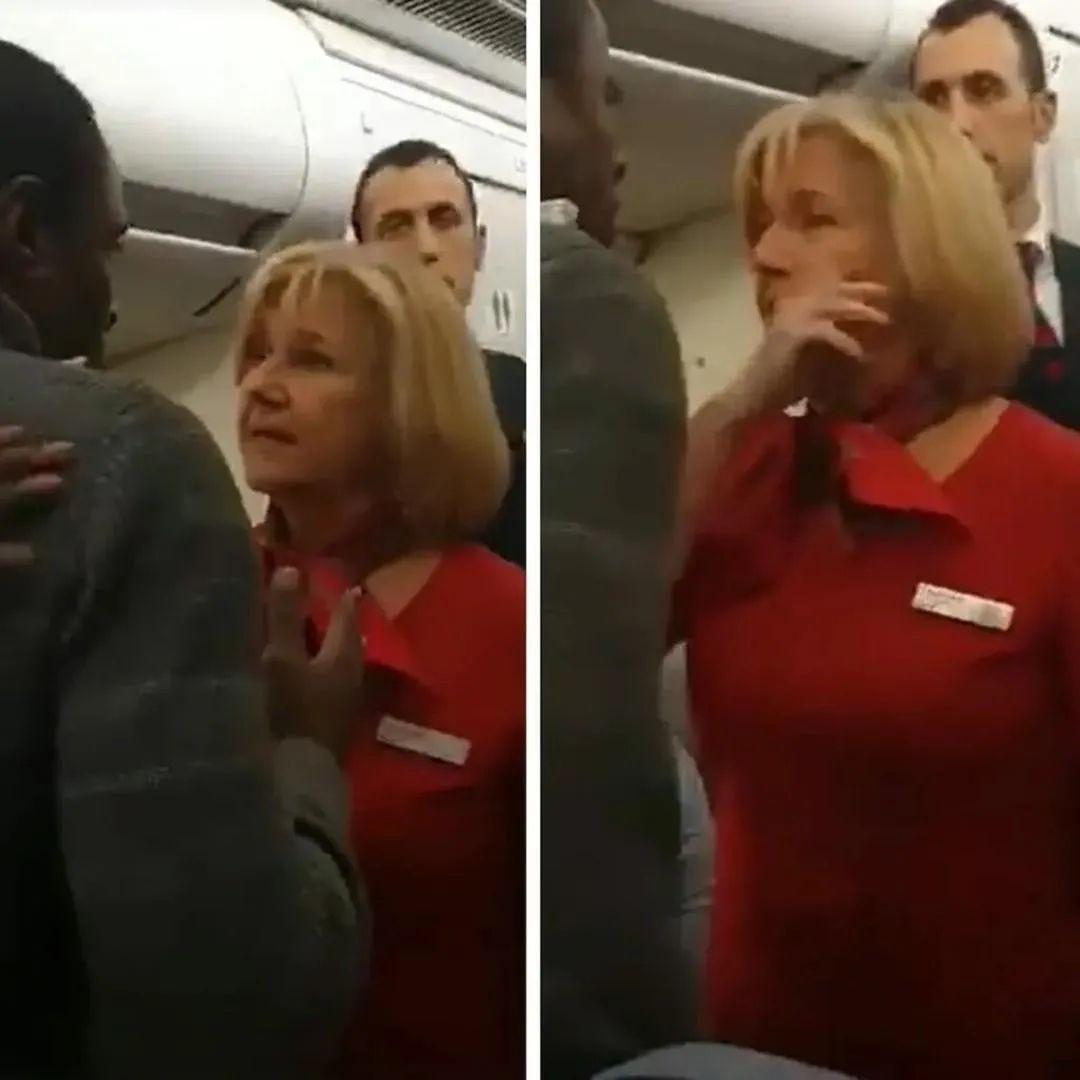For nearly a decade, Sheila Frederick had navigated the bustling aisles and high altitudes with grace and empathy. Her keen eye for detail and understanding of passenger dynamics had earned her respect among colleagues and passengers alike. Yet, it was on one fateful flight from Seattle to San Francisco that Sheila’s role transcended routine service.
Amidst the routine checks and courteous exchanges, Sheila noticed a striking incongruity—a young girl, no older than 14 or 15, accompanied by a significantly older man. Her instincts, finely tuned by years of experience, immediately alerted her that something was amiss. The girl appeared visibly distressed, her demeanor a stark contrast to the man’s defensive posture at the slightest disturbance.
Without hesitation, Sheila decided to act. Her training had prepared her for emergencies of all kinds, but nothing could have prepared her for the gravity of what she suspected. Aware of the potential danger the girl might be in, Sheila discreetly monitored their interactions, seeking any sign that could validate her concerns.
As the flight progressed, Sheila’s worst fears began to solidify. The man’s behavior grew increasingly erratic, his reactions defensive when Sheila approached them. Drawing upon her courage and compassion, Sheila engaged them in conversation, her words carefully probing without alarming the man further.

It was during one such encounter that Sheila noticed a discrepancy—a detail on the girl’s ticket that didn’t align with the situation at hand. With steely resolve, she covertly made contact with ground authorities, urgently conveying the need for intervention without tipping off the man.
Minutes stretched into eternity as Sheila navigated the delicate balance of maintaining calm while ensuring swift action. When the plane landed, law enforcement was waiting. The subsequent investigation confirmed Sheila’s worst suspicions—the man was involved in human trafficking. Thanks to Sheila’s astute observations and decisive actions, the young girl was rescued from a perilous fate.
Sheila Frederick’s heroic intervention wasn’t just a testament to her professional capabilities; it was a reminder of the critical role compassion and vigilance play in safeguarding lives. Her actions transcended the duties of a flight attendant, embodying the essence of a guardian angel in the sky.
In the aftermath, Sheila’s story resonated far beyond the confines of the aircraft cabin. It underscored the profound impact one individual can have in a critical moment. Her bravery and unwavering commitment to passenger safety set a standard for her profession—an exemplar of courage and compassion in the face of adversity.
As Sheila Frederick continues her journey with Alaska Airlines, her story serves as a poignant reminder to all that heroes aren’t always caped crusaders; sometimes, they wear wings and walk among us, quietly watching over those in need. In an age where headlines often highlight division and despair, Sheila’s story shines as a beacon of hope and humanity—a testament to the enduring power of empathy and decisive action in safeguarding the vulnerable.
In the skies and beyond, Sheila Frederick’s name stands synonymous with courage—a reminder that every journey, no matter how routine, holds the potential to change lives, one act of bravery at a time.














